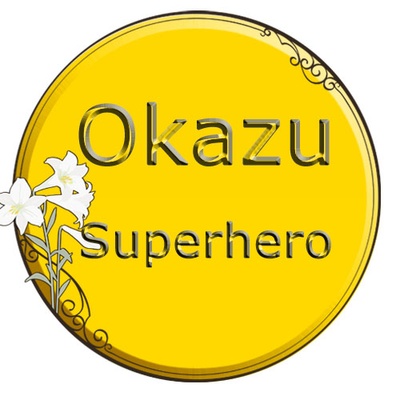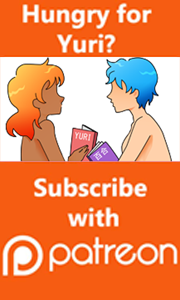![]() In Volume 6, Sarasojuu lost the child, and Suiren left court to look for her…and found her. In Volume 7 of Torikaebaya (とりかえ・ばや ) by Saitou Chiho, together they visit Yoshino no Miya-sama, a man wise beyond his years, who already knows about their secret.
In Volume 6, Sarasojuu lost the child, and Suiren left court to look for her…and found her. In Volume 7 of Torikaebaya (とりかえ・ばや ) by Saitou Chiho, together they visit Yoshino no Miya-sama, a man wise beyond his years, who already knows about their secret.
While they are at Yoshino no Miya-sama’s place, the Mikado comes to visit and their learn some amazing things. The Mikado is Yoshino’s older brother and Toguu-sama is Yoshino’s daughter. In exchange for a vow to protect Toguu-sama, as she has few allies in the capital, Yoshino promises to help the siblings. They, to the utter delight of their family, return home. (Their family has been a high point of the series from the beginning. Totally supportive and loving.)
At which point we come to the most interesting moment to date in this amazing & infuriating manga. Because the “help” Yoshino offers is to assist them to trade places. In the original Torikaebaya, the “trading” was the original choice for them to take the place of their sibling in the other sex’s world in order to be more comfortable with themselves. In this version, it is the moment they leave the life they had known and were comfortable in to “trade” to the world that did not suit them at all. In short, Sarasojuu would become Suiren and serve Toguu-sama and Suiren would take the position of a man at court, as Sarasojuu.
And so they do. Suiren still can’t stand being too close to men, and has a tendency to be delicate, but passes as Sarasojuu. Sarasojuu walks too fast and speaks too loudly for a woman at court and, although mostly everyone just assumes she is Suiren, Toguu-sama sees right through her instantly.
Sarasojuu confides in Togu-sama, and even allows her to speak to Suiren, who assures her that they are her allies from beginning to end. And in this, they are completely in synch. They will do everything to protect this young woman.
Finally a good thing happens. The Udaisho, Sara and Suiren’s father, begs the Mikado to *not* ask for Suiren to come up to the palace to be one of his women. Mikado graciously agrees, so I steeled myself against something else horrible happening instead. ^_^;
The “something” turned out to be an assassination attempt on Toguu-sama. Sara (as Suiren) is able to move quickly, but it is another lady-in-waiting that makes it possible to capture the miscreant. Her name, she says, is San-no-hime. Sara-Suiren is shocked…is this her wife’s sister? Indeed it is. And now that they have become confidants, will Suiren help her? She’d like the Mikado to take notice of her. Um, sure, Sara says, wondering what on earth she could possibly do.
This series makes me chew my liver out, it really does. But that the “trading places”is not in the initial switch but here is so fascinating and modern, I’m foolishly still holding onto my hope that there is some small possibility of this all working out. Hey, I wanted only one thing from Gunjo, and I got that, so yeah. I’m sticking with foolish dreams.
Ratings:
Art – 9
Story – 8
Characters – 9
Service – 1
LGBTQ – 7
Overall – 9
Compelling like a train wreck, I cannot stop reading this.


